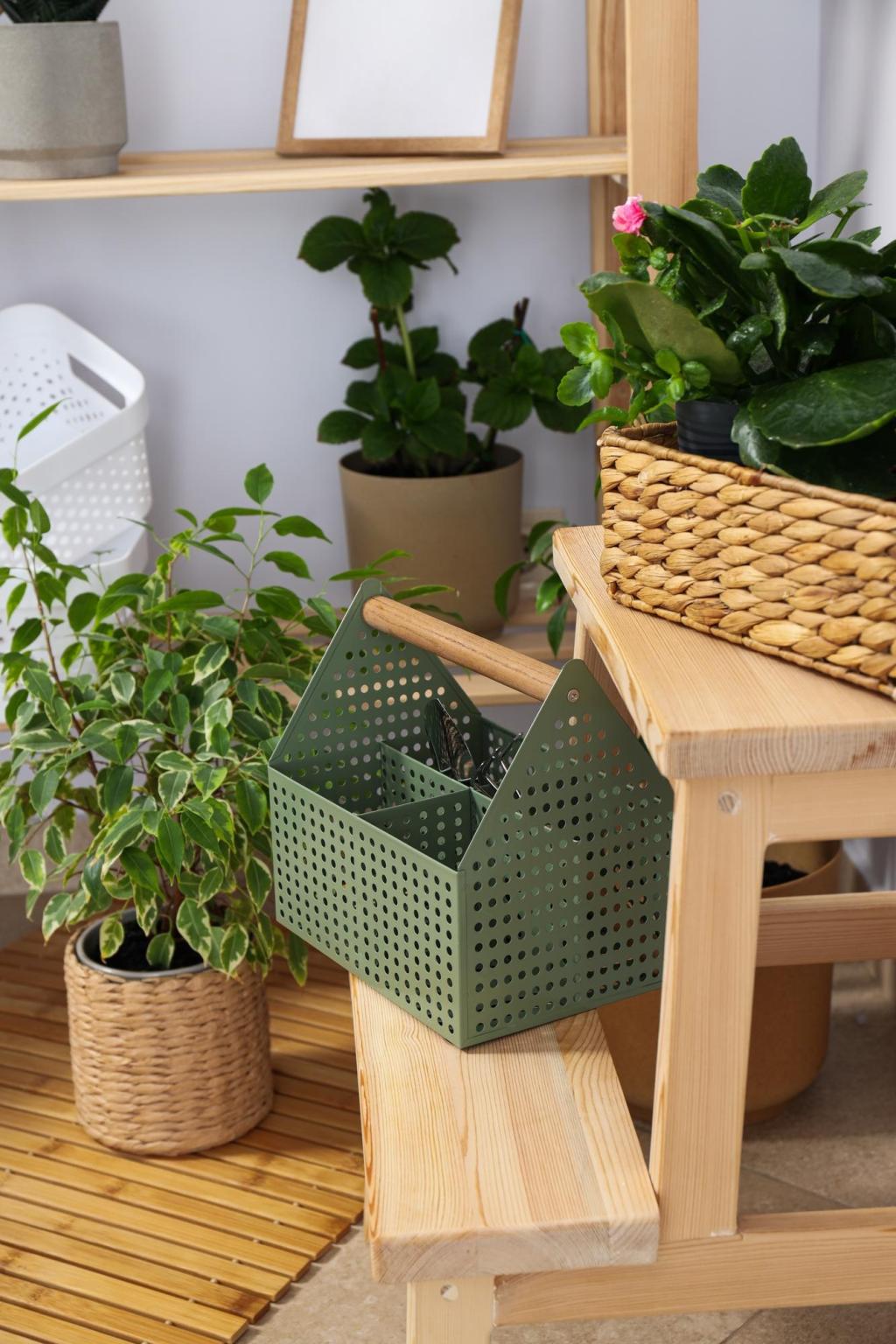Material Playbook: Cotton, Linen, Hemp, Wool, and Lyocell
Organic cotton canvas and twill offer friendly softness with reliable strength. Pre-wash to reduce shrinkage, consider tight weaves for durability, and choose mid- to heavy-weight fabrics for sofas, slipcovers, and family-ready lounge pieces that can truly work.
Material Playbook: Cotton, Linen, Hemp, Wool, and Lyocell
Bast fibers like linen and hemp stay cool, wick moisture, and age gracefully. Their natural slub adds visual rhythm, while high Martindale or Wyzenbeek ratings indicate durability. Expect elegant wrinkles that signal authenticity, not wear and tear.




